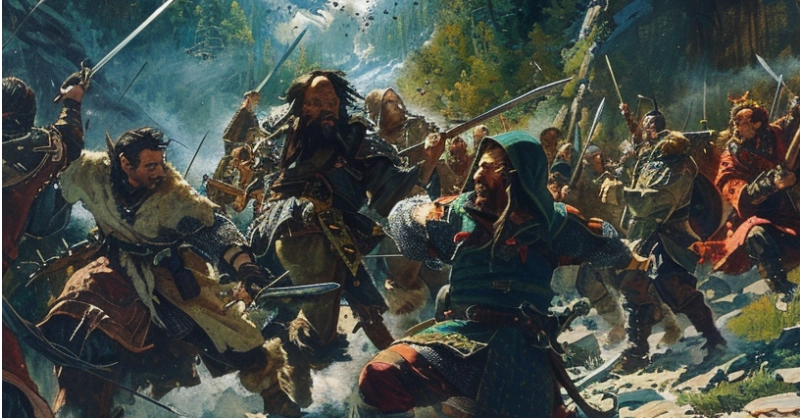
War and Warfare in TTRPGs - How to Bring Epic Conflicts to Life
Practical guidance for crafting player-driven wartime stories: pitfalls to avoid, scenario types to run, tools to add tension, and moral nuance.
50 posts found

Practical guidance for crafting player-driven wartime stories: pitfalls to avoid, scenario types to run, tools to add tension, and moral nuance.

Streamline combat by declaring intentions, using simple ranges, and resolving maneuvers with opposed checks to keep TotM battles fast, tactical, and fun.
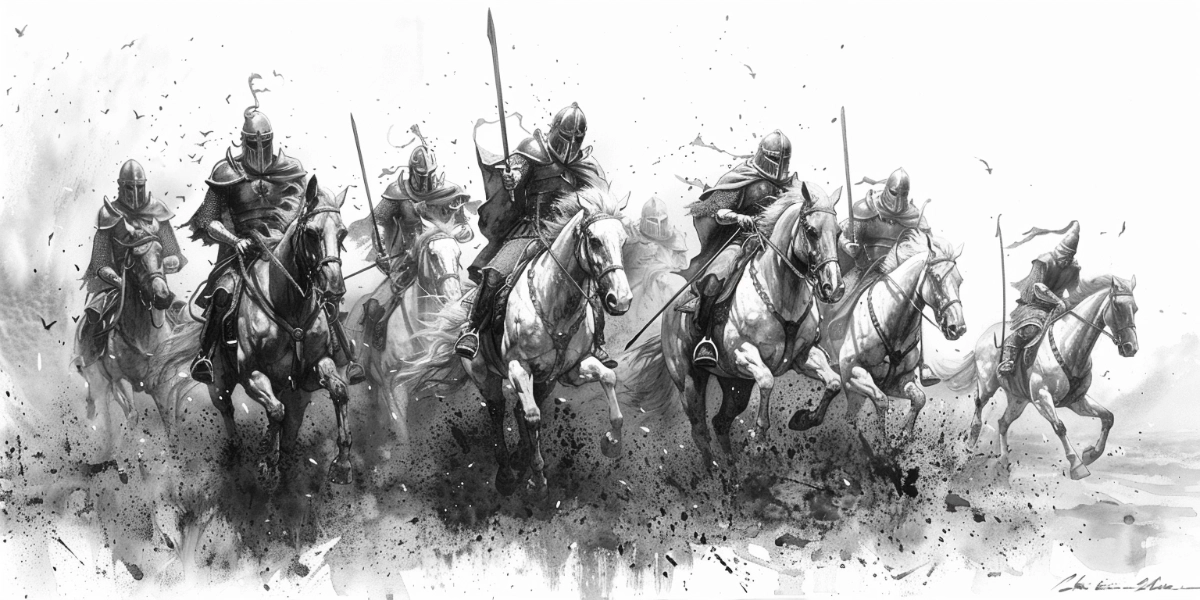
Streamlined Shadowdark mount rules: melee bonus, charging with polearms, risks of bolting, gear and barding, mounts and costs, plus travel flavor.
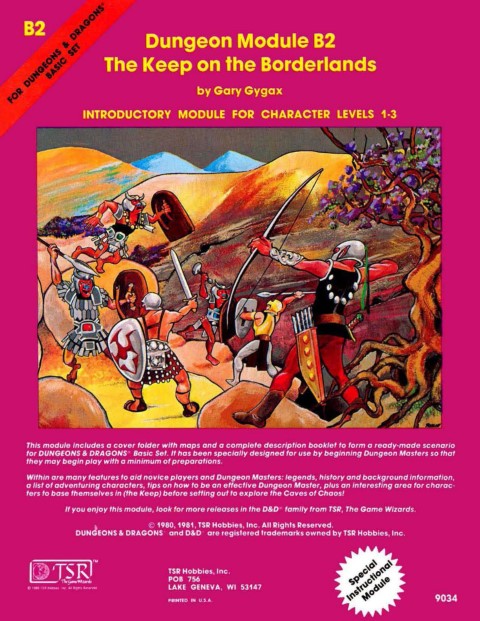
Classic modules show early editions centered on negotiation and player ingenuity, contrasting with later skill-driven, performative approaches.
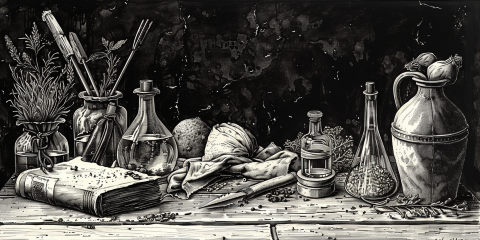
OSR-inspired herbalism rules add strategic foraging, preservation checks, an expanded herb list, Ranger balance notes, and GM tips to your Shadowdark games.
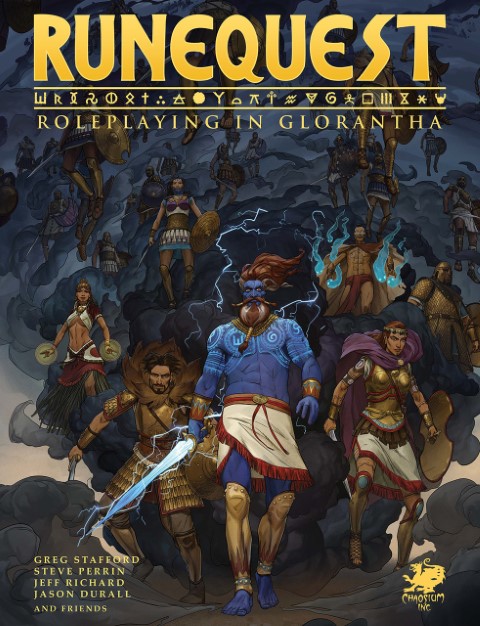
Proposes a universal 10s/5s critical scheme for Chaosium percentile games to speed resolution, add special failures, and reduce sheet-checking.

Argues for XP-based advancement in D&D, rewarding non-combat play, encouraging agency, easing pacing, and doubling as a memory log for your campaign.
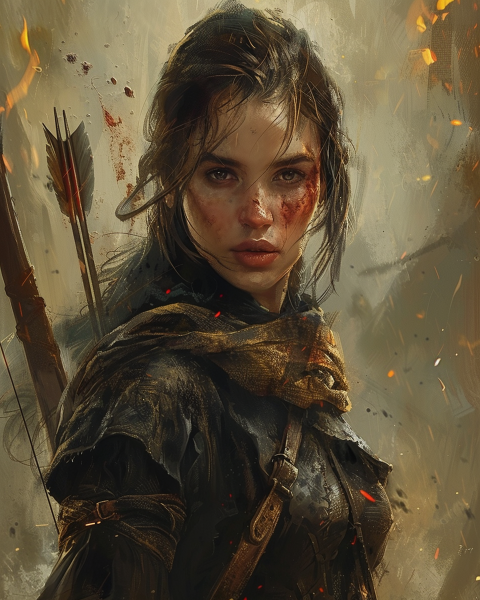
Revamps exhaustion in 5e with -1 per level, gains on crits and death saves, class Shake It Off, and clearer recovery, adding tension, stakes, and teamwork.
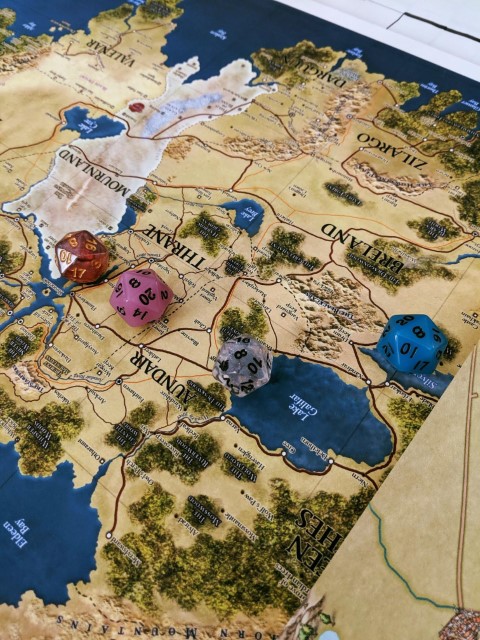
Applying Sanderson’s principles to tabletop RPGs, this argues for limits, costs, and risk over power creep, using subsystem interplay to enrich play.
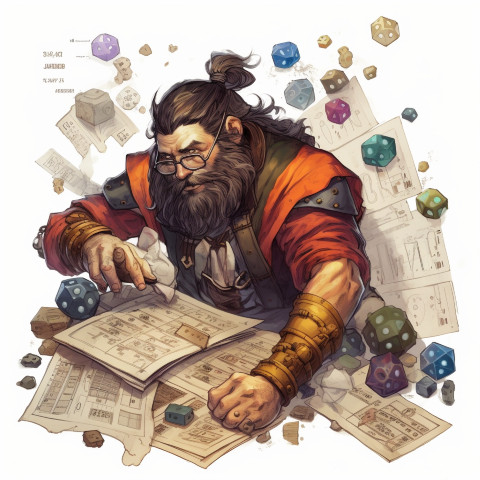
Advantage skews outcomes toward the mean, boosts easy checks more than hard ones, and its non-stacking design blunts creative tactics and tension.